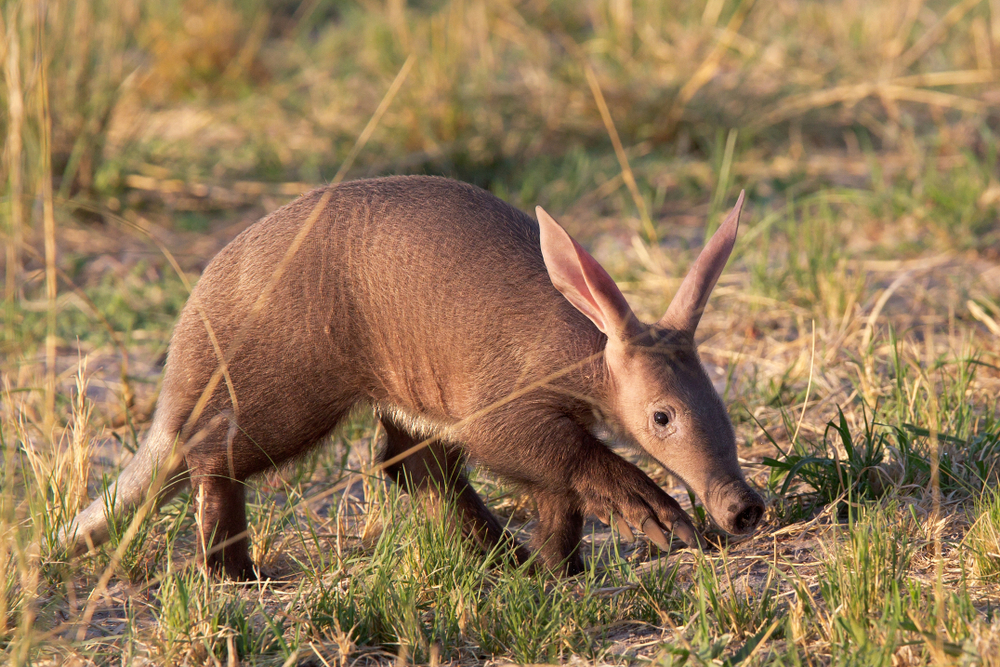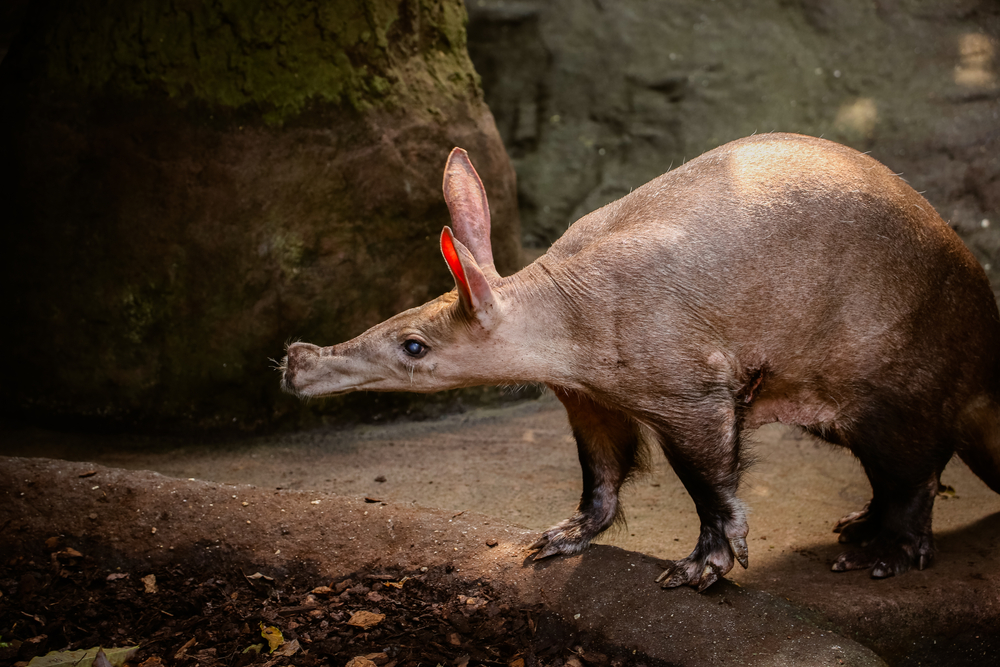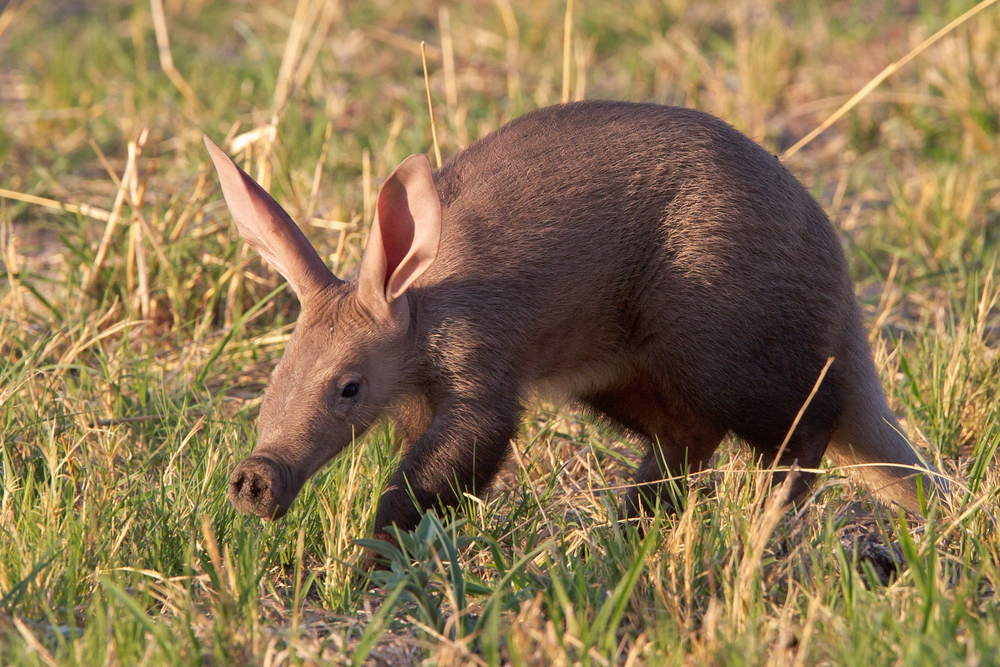While aardvarks and anteaters share some similarities in their diets, being primarily insectivores, they are distinct species with notable differences. Here are key contrasts between the aardvark and the anteater:
- Geographical Distribution:
- Aardvark: Found in various habitats across sub-Saharan Africa, including savannas, grasslands, and woodlands.
- Anteater: Primarily native to Central and South America, residing in tropical forests, grasslands, and rainforests.
- Physical Appearance:
- Aardvark: Has a robust, pig-like body with a long snout, large ears, and a tail resembling that of a kangaroo. Its body is covered with thin fur, and it has strong claws for digging.
- Anteater: Possesses a distinctive elongated snout and a slender body. It has a long, bushy tail and a prehensile tongue, which is much longer than that of the aardvark.
- Tail Characteristics:
- Aardvark: Has a thick, muscular tail, similar to that of a kangaroo, used for balance and support while digging.
- Anteater: Features a long, bushy tail that aids in balance and is not used for digging.
- Tongue Adaptations:
- Aardvark: Relies on its extensible tongue to capture and consume insects. The tongue is not as long as that of the anteater.
- Anteater: Possesses a remarkably long, sticky tongue that can extend up to two feet, allowing it to reach deep into ant and termite nests.
- Habitat and Behavior:
- Aardvark: Primarily nocturnal and solitary, dwelling in burrows that it digs for shelter. It is adapted to various habitats, including open grasslands and savannas.
- Anteater: Can be diurnal or nocturnal, depending on the species. It is generally solitary and arboreal, spending time in trees as well as on the ground.
- Species Diversity:
- Aardvark: There is only one extant species of aardvark, Orycteropus afer.
- Anteater: There are four species of anteaters: giant anteater, silky anteater, northern tamandua, and southern tamandua.
While both animals are insectivores and share a penchant for consuming ants and termites, their distinct physical characteristics and habitats make them easily distinguishable.



































































